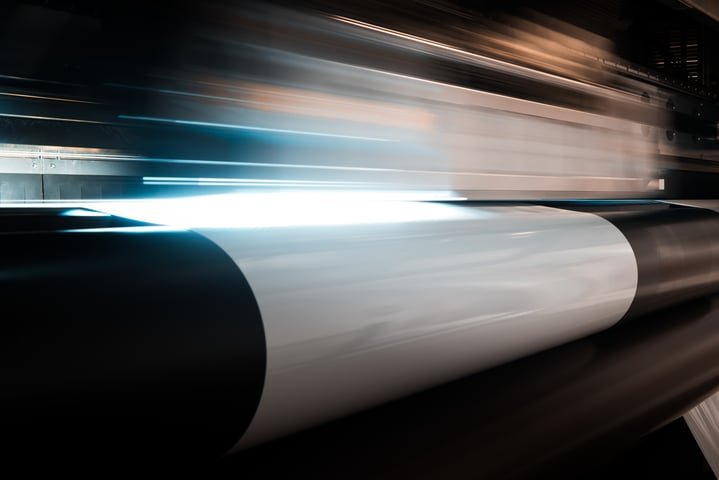
Plasma treatment is a common process for treating various materials prior to coating, printing or gluing. One of the main purposes of the plasma treatment is to improve the wettability of the material as good wettability is required in all the aforementioned processes. As more products rely on plastics, from medical devices to automobile bumpers, this concept has grown more important since plastics generally exhibit poor wettability for many liquids. This is due to the low surface free energy of many plastics. Plasma treatment offers a safe, effective and environmentally friendly technique to enhance wettability —even for complex geometries—without the use of harmful chemicals or high temperatures.
When a surface undergoes plasma treatment, it is exposed to ionized gases in a vacuum chamber. This bombardment triggers chemical reactions at the material’s surface, increasing its surface energy and, consequently, its wettability. But how do you know if your plasma treatment was effective?
Contact angle measurement is the go-to method for this evaluation. The contact angle—a simple measurement of the angle formed where a liquid droplet meets a solid surface—is highly sensitive to changes at the surface monolayer. A lower water contact angle after treatment indicates improved wettability, which is essential for strong adhesion and uniform coatings.
Learn more:
What is contact angle?
Why is contact angle important?
Several parameters affect the outcome of plasma treatment, including:
Gas type
Process pressure
Plasma power
Treatment time
Optimizing these parameters is critical for achieving the desired surface properties. Contact angle measurements provide a fast, quantitative, and non-destructive way to monitor and fine-tune your process. A water contact angle alone will give indication of the effectiveness of the plasma treatment as low water contact angle indicates better wettability of the surface.
To further analyze the effect of plasma treatment, surface free energy of the surface can be calculated by performing contact angle measurements with two or more probe liquids.
In practice, optimizing plasma treatment time is often done by monitoring the water contact angle at different intervals. To read how optimum plasma treatment time of polypropylene can be evaluated, please download the case study through the link below.
Editors note: This post was originally published on Nov 26th, 2019, and has since been updated for clarity and completeness.
You might find it confusing when seeing all the different methods for surface free energy calculations. As surface free energy can give you more information on your surface compared to the contact angle measurements alone, it is time well spent to study the different theories more in detailed.
One of the commonly used surface free energy theories is called Acid - base or Van Oss-Chaudhury-Good method according to its inventors.
Surface free energy can be considered as the surface tension of a solid. Surface free energy is calculated through the contact angle measurements. By knowing the surface free energy of the solid, one can predict the behavior of any liquid on the surface.
OWRK is one of the most used surface free energy theories. It divides the interfacial interactions into two parts; polar and dispersive.
Surface free energy can be calculated through contact angle measurements. Automated instruments are available.
Calculate critical surface tension or surface free energy for a solid by testing against a series of liquids and measuring the contact angles.
